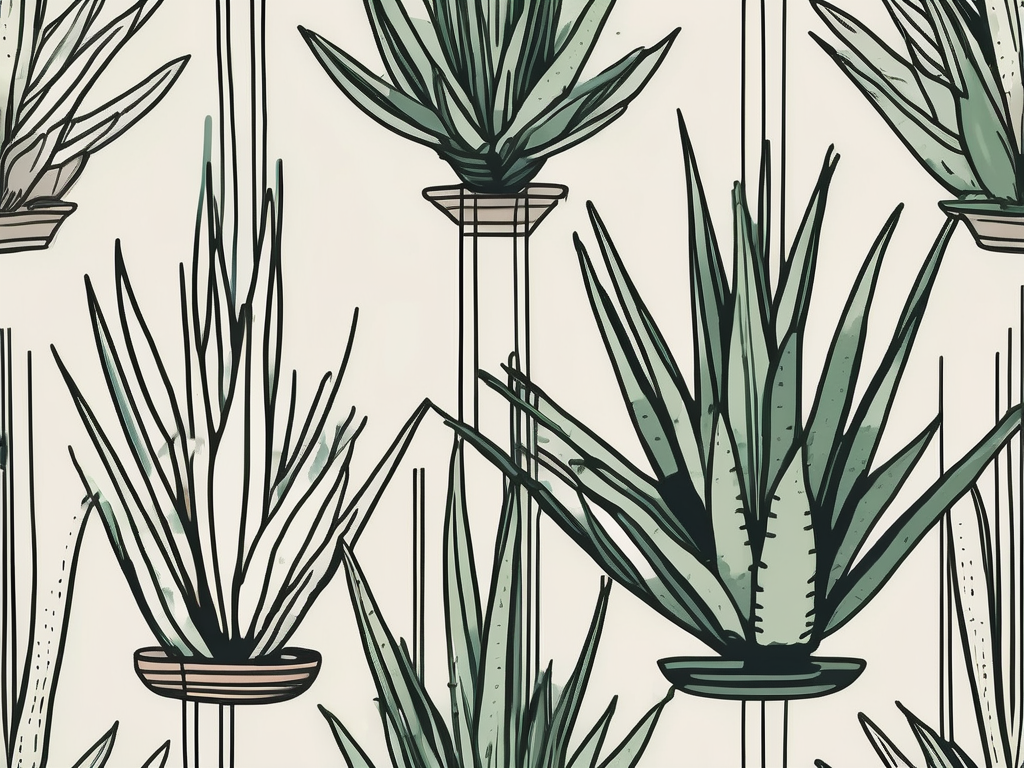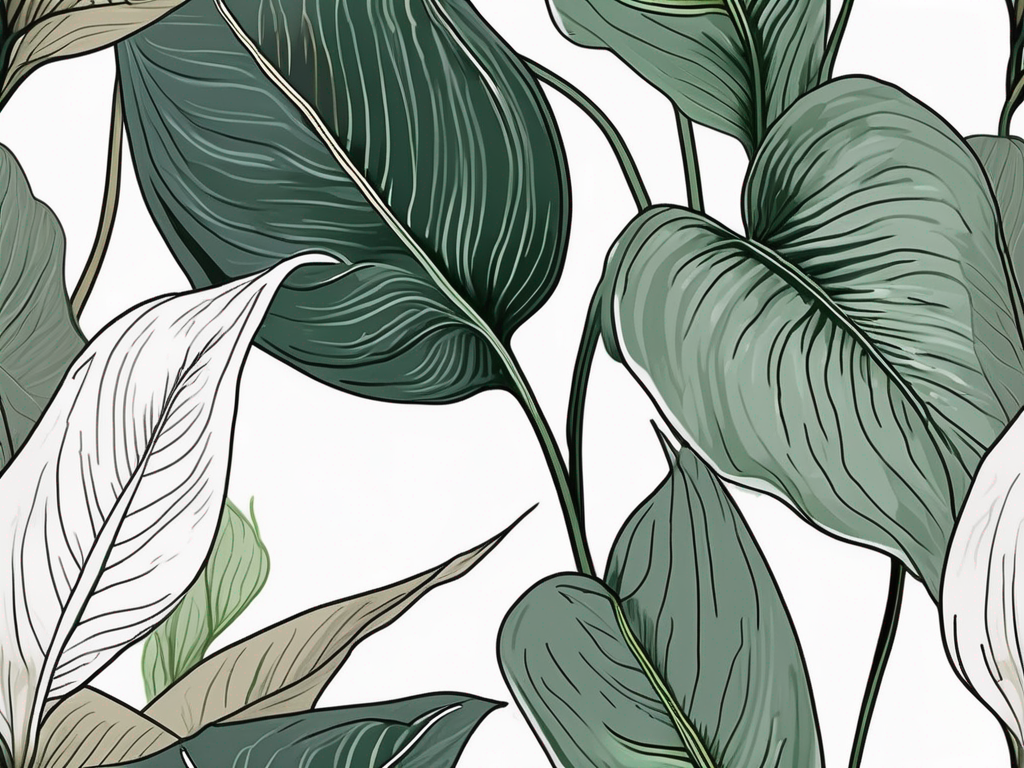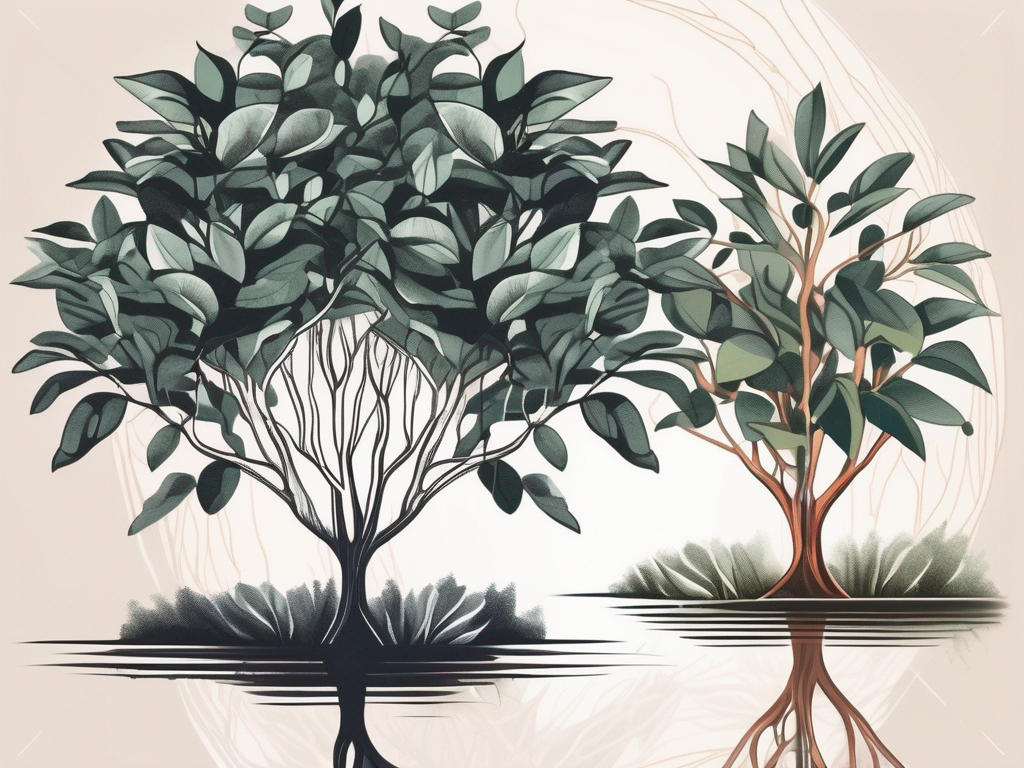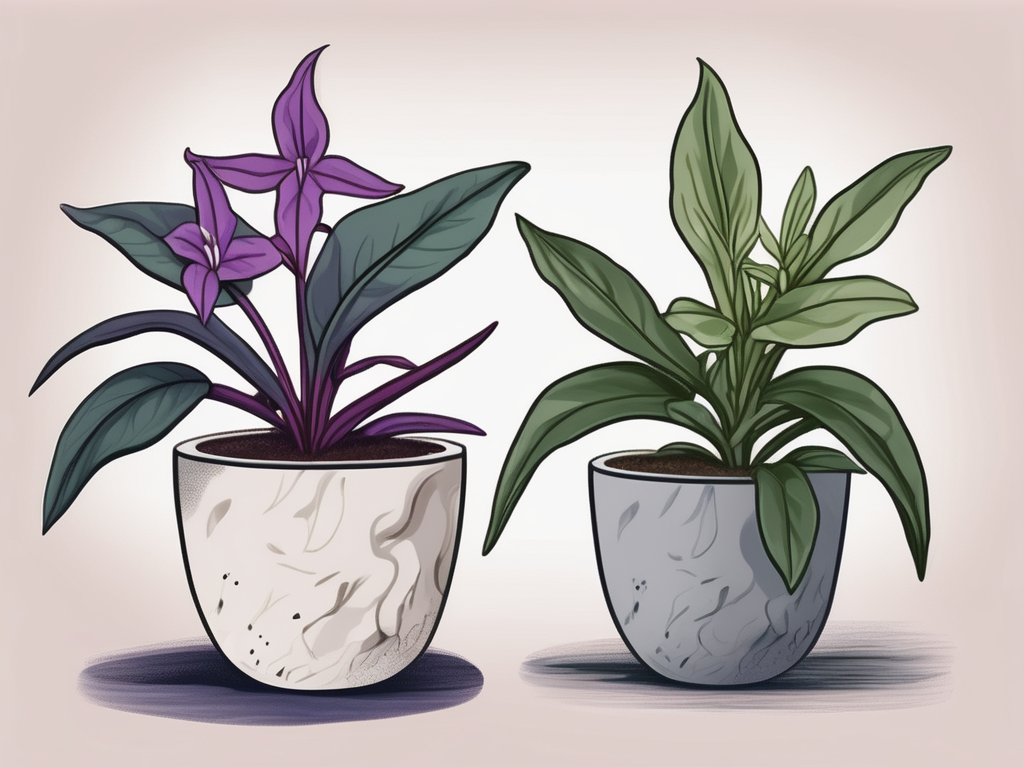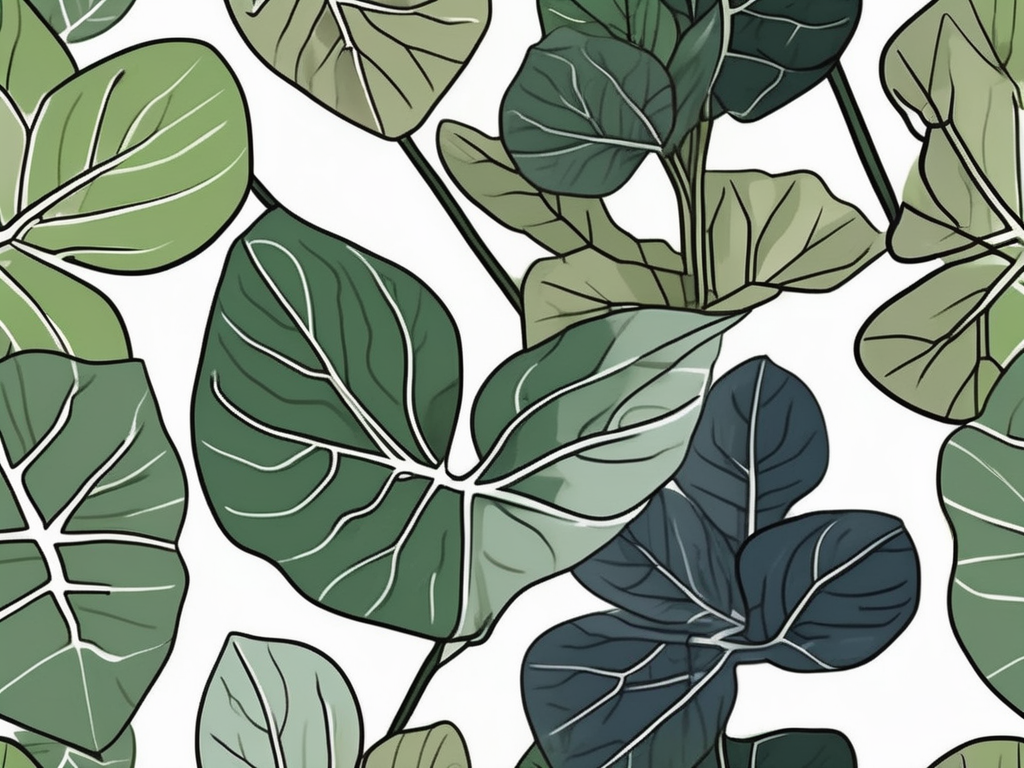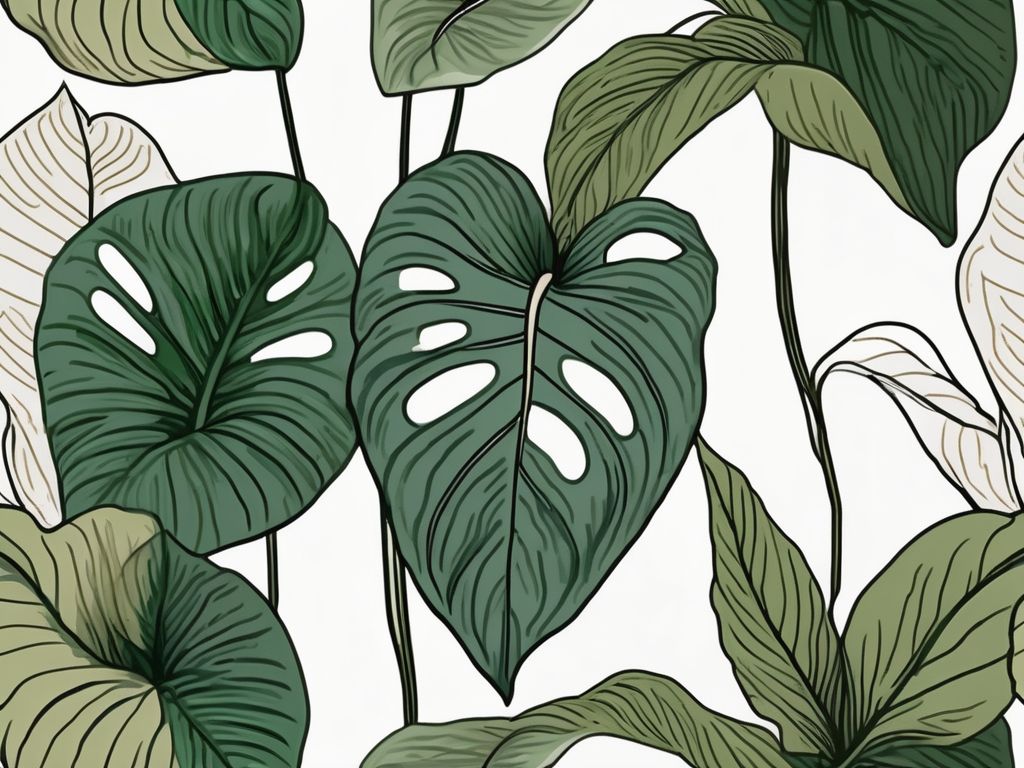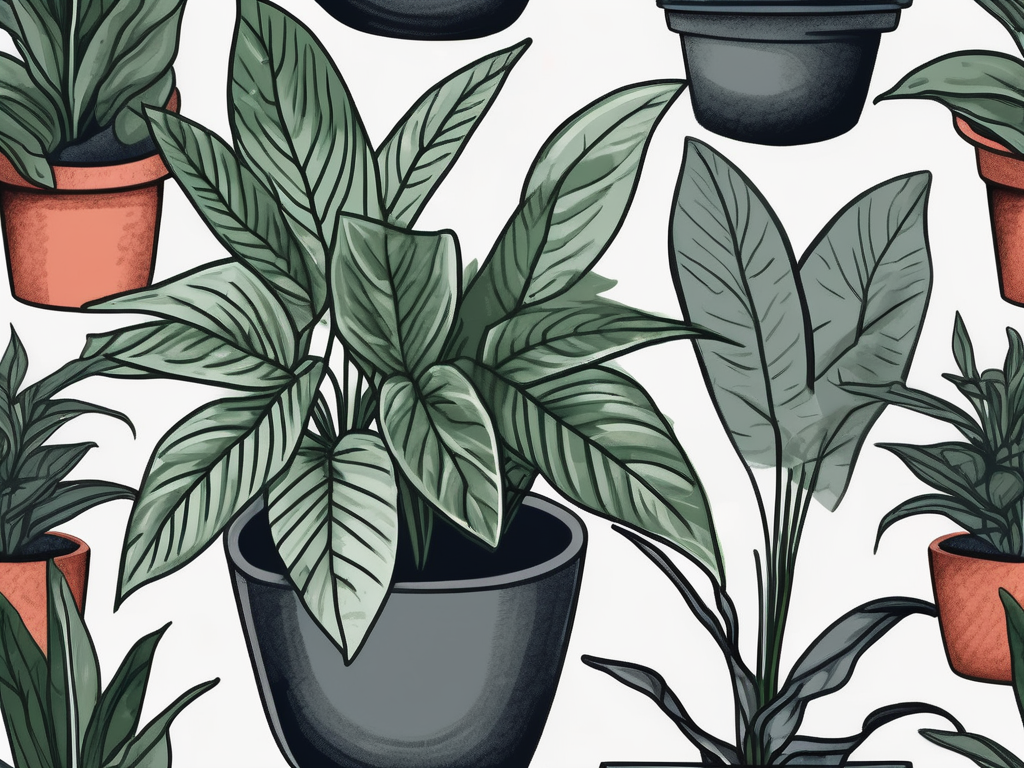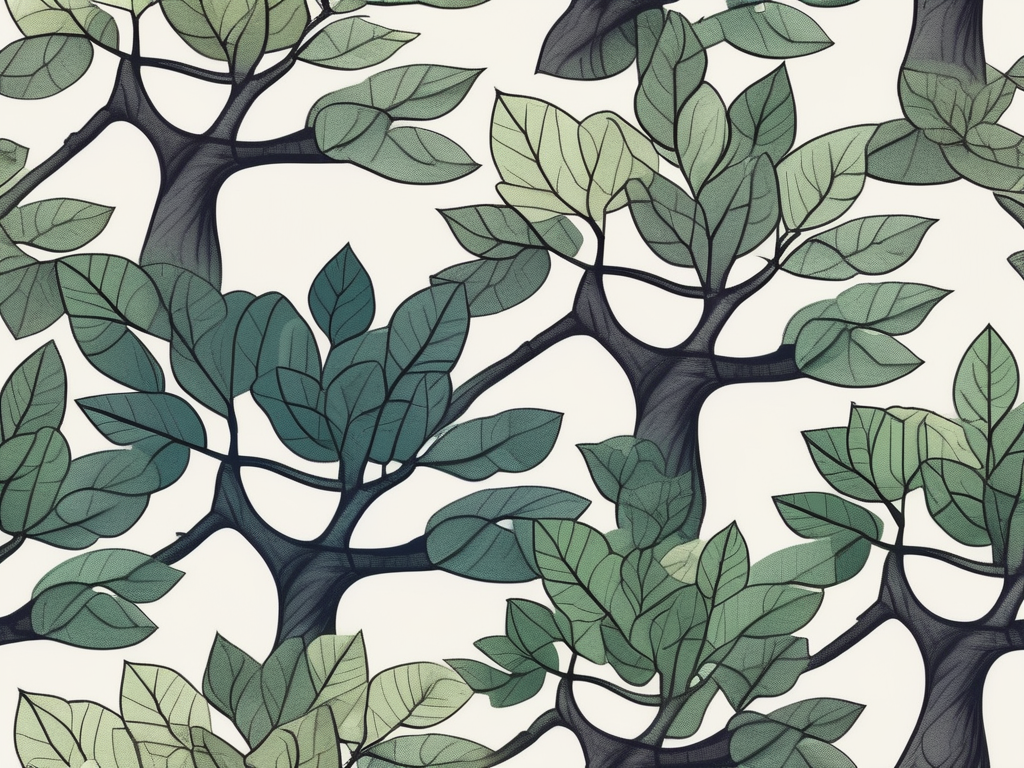
If you've noticed that your aloe vera plant's leaves are turning yellow, it's important to understand the various factors that can contribute to this issue. Aloe vera plants are known for their vibrant green leaves, so any yellowing can be a cause for concern. In this article, we'll explore the different reasons why aloe vera leaves may turn yellow and provide some tips on how to address and prevent this problem.
Understanding Aloe Vera Plant Health
Before we delve into the causes of yellowing leaves, it's crucial to recognize the importance of maintaining overall plant health. Like all living organisms, aloe vera plants require proper care and attention to thrive. This includes providing them with the right amount of water, nutrients, and a suitable environment. By prioritizing aloe vera plant care, you can minimize the chances of yellowing leaves and ensure the longevity of your plant.
The Importance of Aloe Vera Plant Care
Aloe vera plants are known for their remarkable ability to withstand harsh conditions. However, this doesn't mean they are immune to certain issues. Proper care plays a significant role in preventing yellowing leaves. It includes finding the right balance of watering, providing adequate sunlight, and keeping an eye out for pests and diseases.
Recognizing Healthy vs. Unhealthy Aloe Vera Plants
Before we dive into the causes of yellowing leaves, let's briefly touch upon recognizing the difference between healthy and unhealthy aloe vera plants. Healthy plants usually have vibrant green leaves that are firm and plump. On the other hand, unhealthy plants may exhibit signs such as yellowing leaves, wilting, or a soft and mushy texture.
Common Causes of Yellowing Aloe Vera Leaves
Now that we understand the importance of aloe vera plant care, let's explore some common causes behind yellowing leaves.
Overwatering and Root Rot
One common mistake plant enthusiasts make is overwatering their aloe vera plants. While it's essential to provide enough water, excessive moisture can lead to root rot. Root rot inhibits the plant's ability to absorb nutrients, resulting in yellowing leaves. To prevent this, ensure that the soil is well-drained and avoid watering the plant too frequently.
Nutrient Deficiencies
Aloe vera plants require essential nutrients to maintain their green color and overall health. A deficiency in nutrients such as nitrogen, iron, or potassium can cause leaves to turn yellow. Consider fertilizing your aloe vera plant with a balanced and appropriate fertilizer to replenish any nutrient deficiencies.
Pests and Diseases
Pests and diseases can also contribute to the yellowing of aloe vera leaves. Common culprits include mealybugs, aphids, and fungal infections. Regularly inspect your plant for any signs of pests or diseases and take appropriate measures to control and treat them. This may involve using natural remedies or consulting with a plant professional for guidance.
Environmental Factors Affecting Aloe Vera
Aside from care-related issues, there are various environmental factors that can impact the health of your aloe vera plant.
Light Requirements and Sunburn
Aloe vera plants require an adequate amount of sunlight to thrive. However, excessive exposure to direct sunlight can lead to sunburn and cause leaves to turn yellow. Find a balance between providing enough sunlight and providing shade during the hottest parts of the day to avoid this issue.
Temperature and Humidity Considerations
Aloe vera plants prefer temperatures between 55 and 80 degrees Fahrenheit. Extreme temperatures, whether too hot or too cold, can stress the plant and cause yellowing leaves. Additionally, low humidity levels can cause the plant to lose moisture faster, leading to leaf discoloration. Ensure that your aloe vera plant is kept in a suitable environment with stable temperature and humidity levels.
How to Treat Yellowing Aloe Vera Leaves
If you've noticed that your aloe vera leaves are turning yellow, there are several steps you can take to address the issue.
Adjusting Watering Techniques
Assess your watering techniques and make sure you're not over or under watering your plant. As mentioned earlier, aloe vera plants require well-drained soil and moderate watering. Allow the soil to dry out between waterings to prevent overwatering and potential root rot. Adjusting your watering schedule and monitoring soil moisture levels can make a significant difference.
Providing Proper Nutrition
If a nutrient deficiency is the cause of the yellowing leaves, consider fertilizing your aloe vera plant with a balanced fertilizer. Be cautious not to over-fertilize, as this can also harm the plant. Follow the instructions provided with the fertilizer and monitor the plant's response for any signs of improvement.
Managing Pests and Diseases
If pests or diseases are contributing to the yellowing of your aloe vera leaves, take appropriate measures to manage and treat them. This may involve using organic insecticides or consulting with a professional to identify and address the issue effectively.
Preventive Measures for Aloe Vera Yellowing
Prevention is always better than cure when it comes to plant health. Here are some preventive measures to minimize the chances of yellowing aloe vera leaves.
Choosing the Right Pot and Soil
Ensure that your aloe vera plant is potted in a suitable container with good drainage. This will prevent excessive moisture, which can lead to yellowing leaves. Additionally, use well-draining soil specifically formulated for cacti and succulents. This type of soil provides the necessary aeration and prevents water from sitting around the roots for too long.
Regular Monitoring and Maintenance
Regularly inspect your aloe vera plant for any signs of yellowing leaves, pests, or diseases. Catching issues early on can prevent them from worsening and affecting the overall health of your plant. Additionally, maintain good plant hygiene by removing any dead or decaying leaves to avoid the spread of diseases.
Proper Placement and Environment Control
Place your aloe vera plant in a location that provides the ideal balance of sunlight and shade. Avoid exposing it to extreme temperatures or drafts. Additionally, monitor and maintain suitable temperature and humidity levels in the surrounding environment to prevent stress and leaf yellowing.
Conclusion
In conclusion, yellowing aloe vera leaves can be a result of various factors, including improper care, environmental issues, nutrient deficiencies, pests, and diseases. By understanding the causes and taking proactive measures, you can address this problem effectively. Remember to prioritize aloe vera plant care, regularly monitor your plant's health, and provide the optimal conditions for growth. By doing so, you can enjoy vibrant green leaves and a healthy aloe vera plant for years to come.

